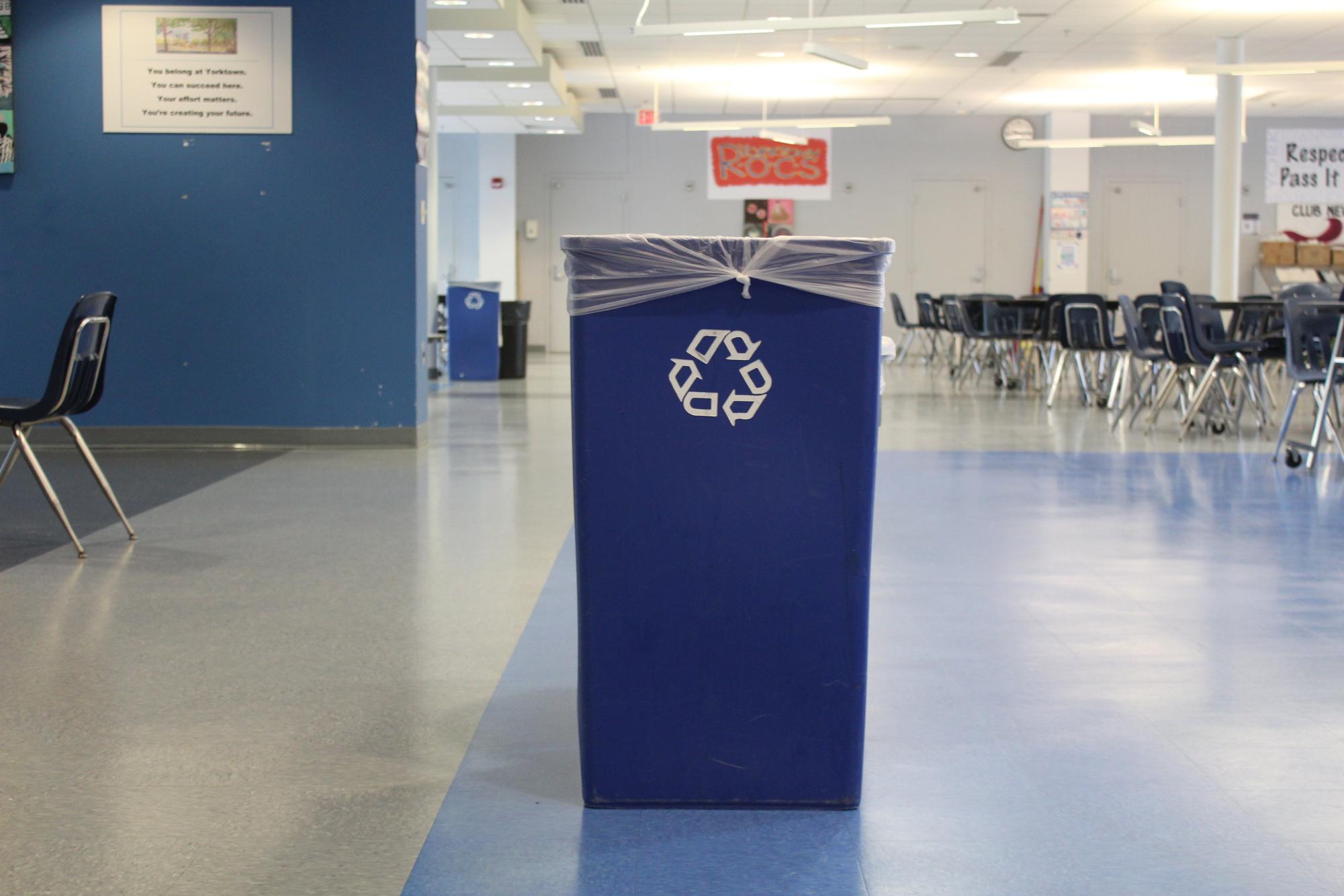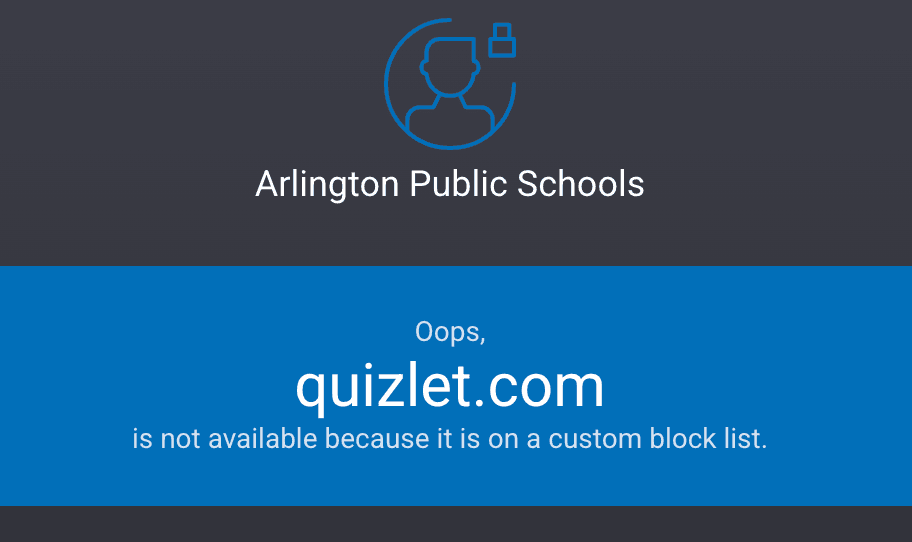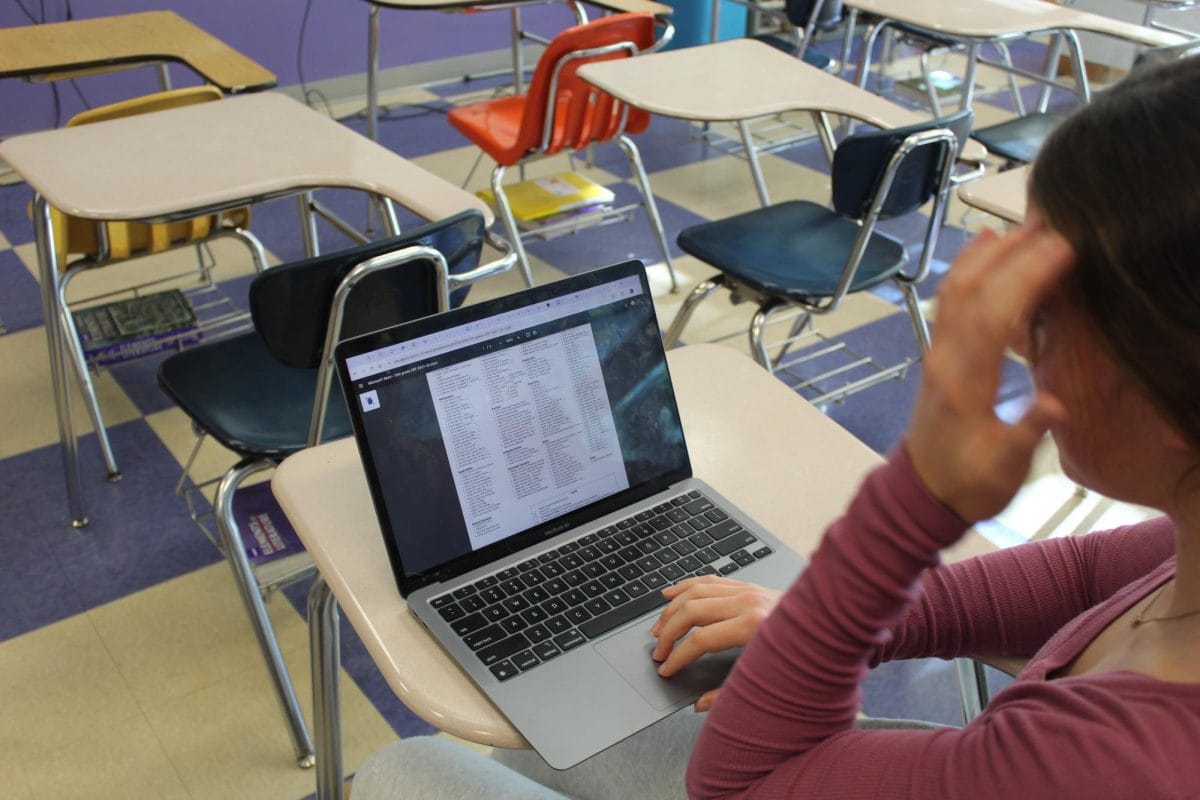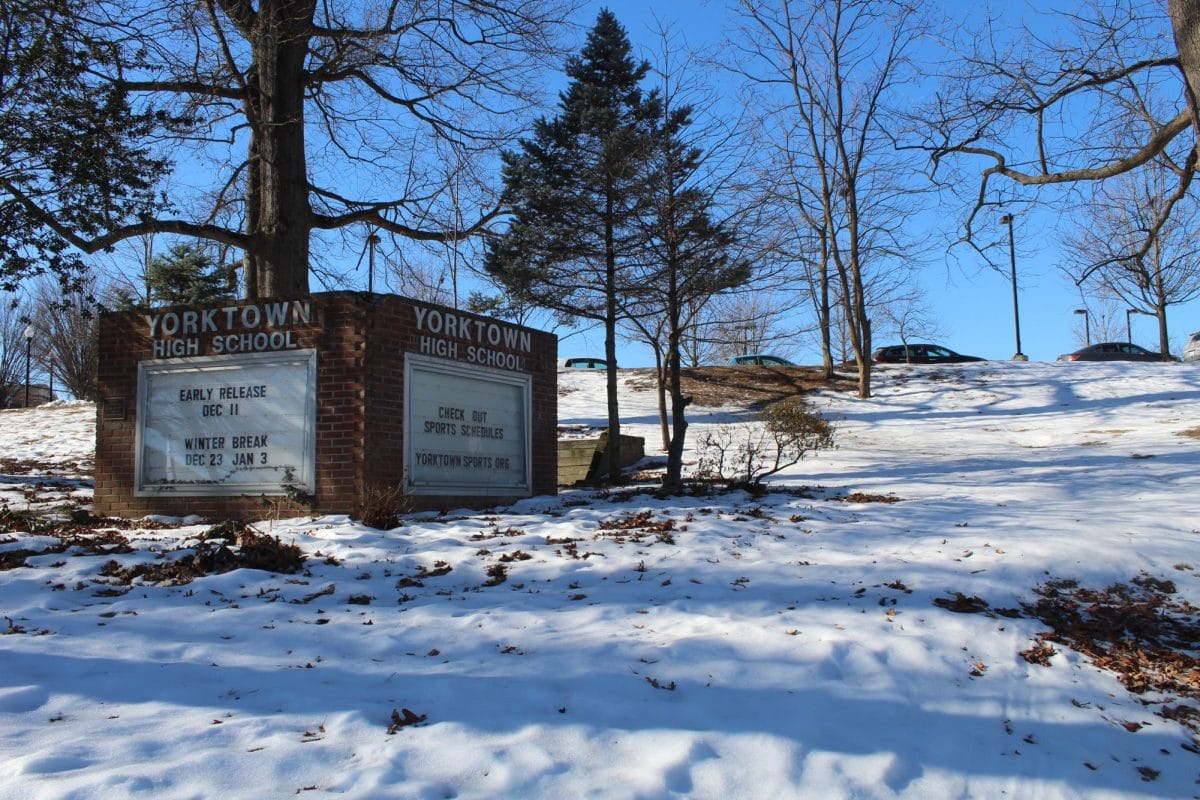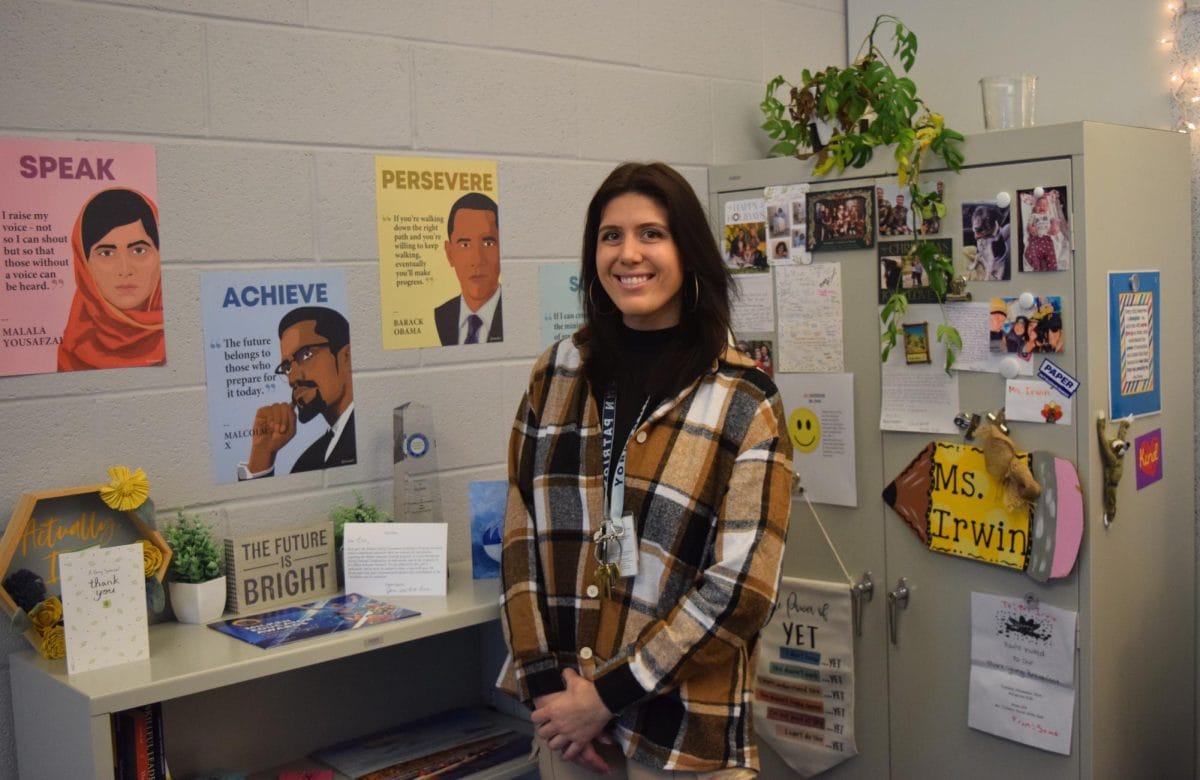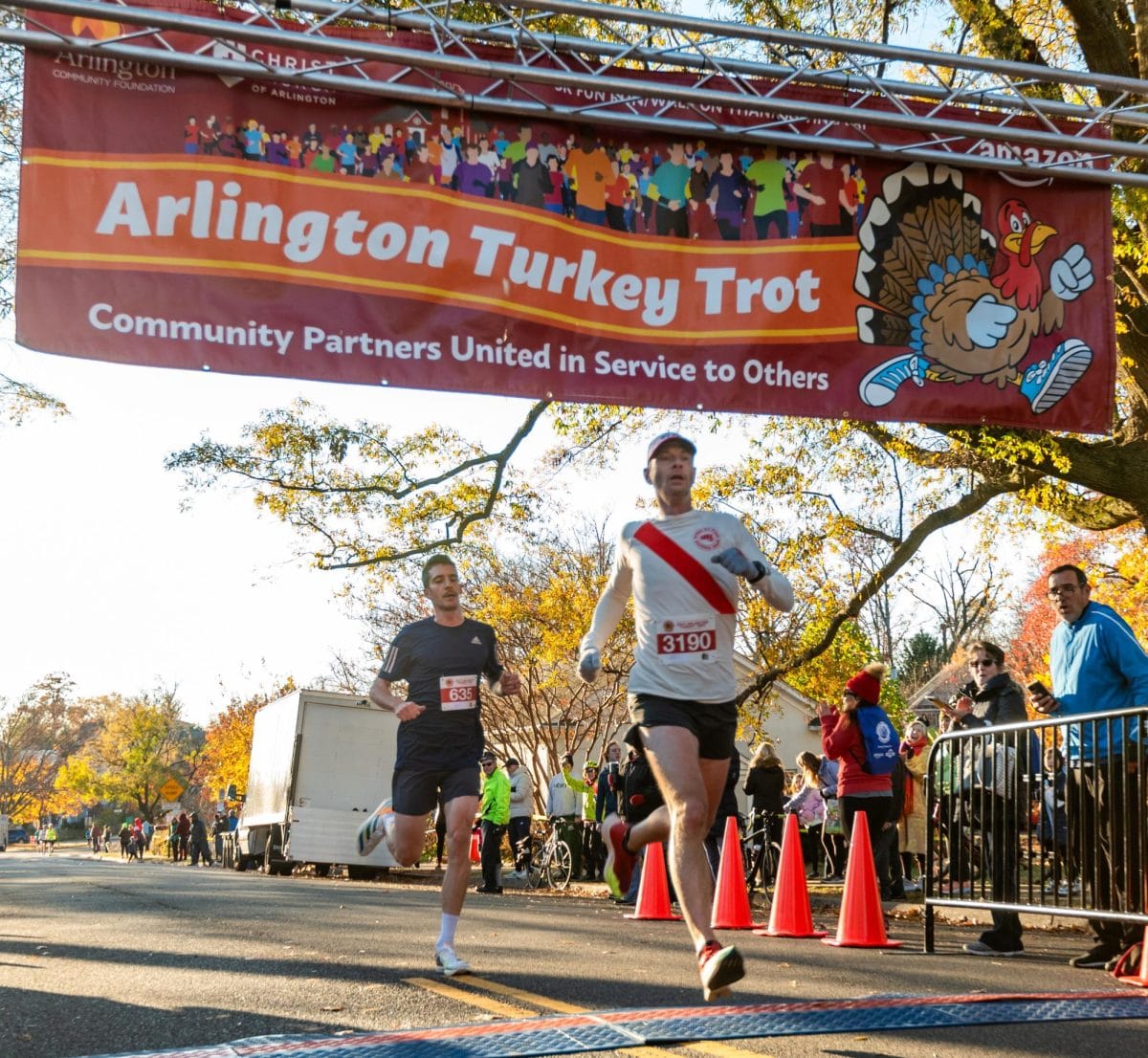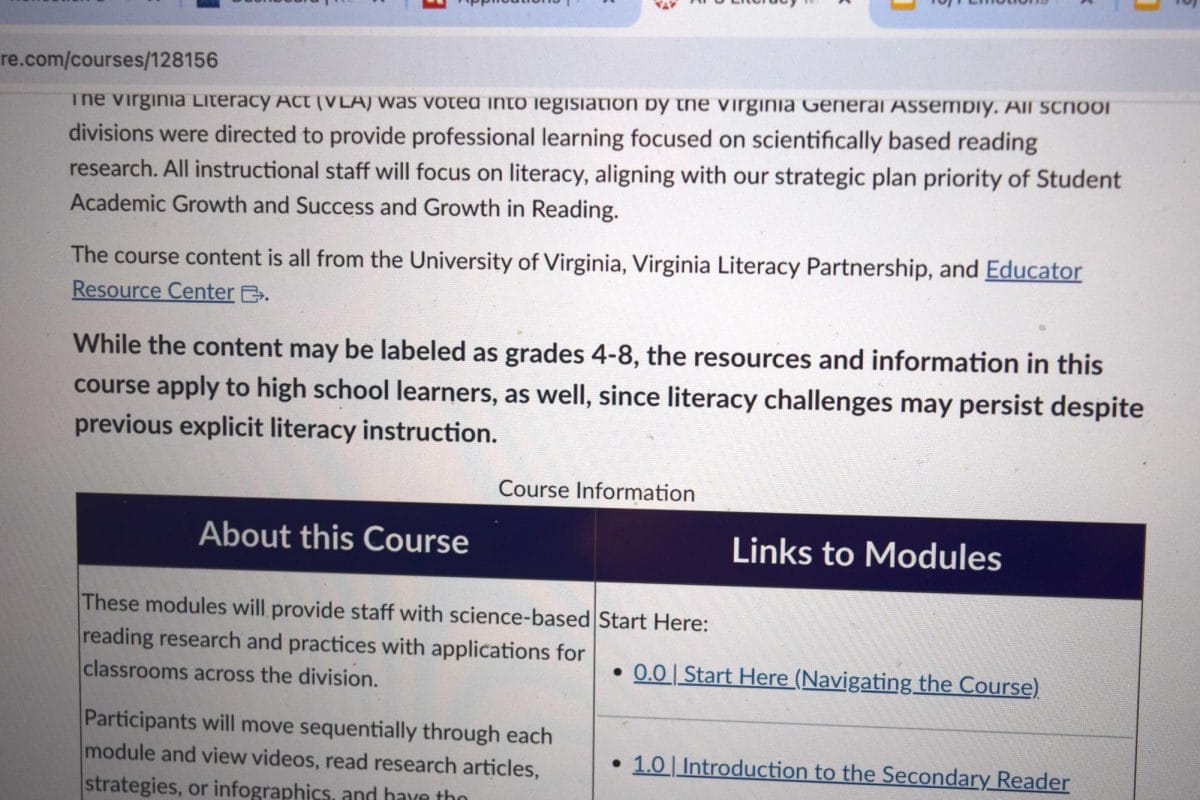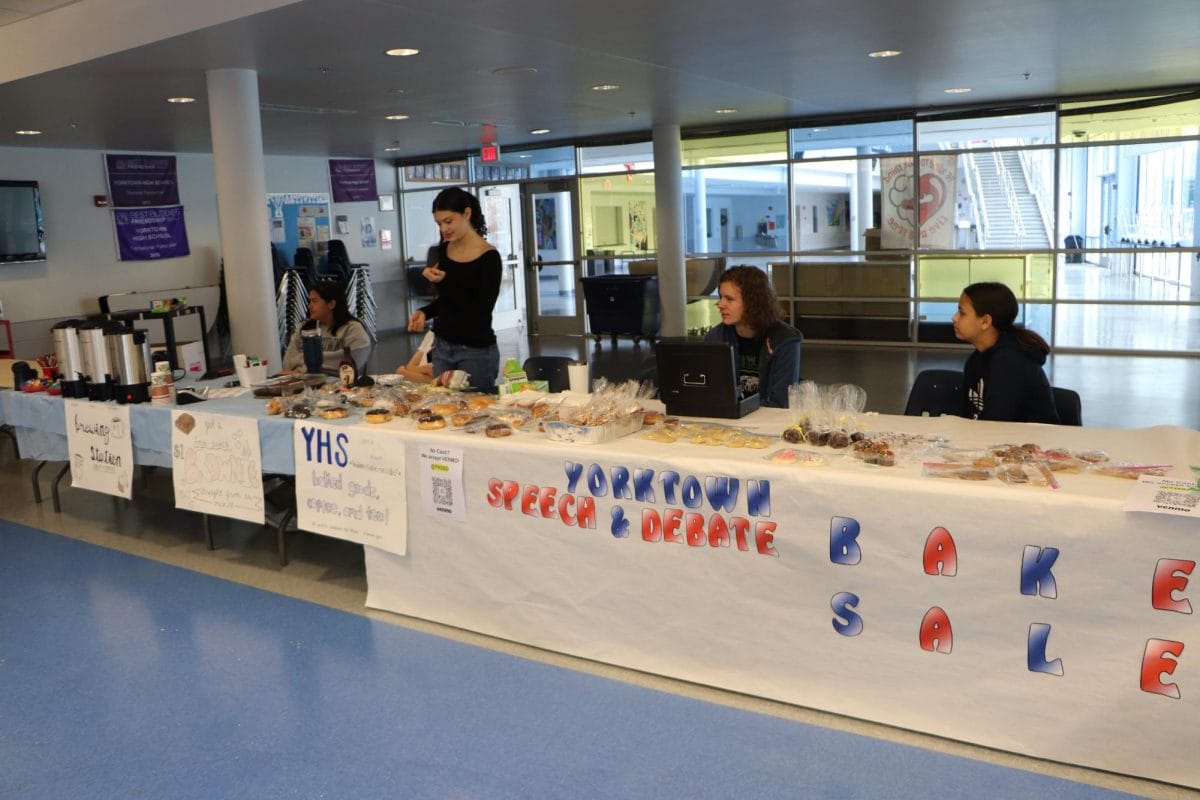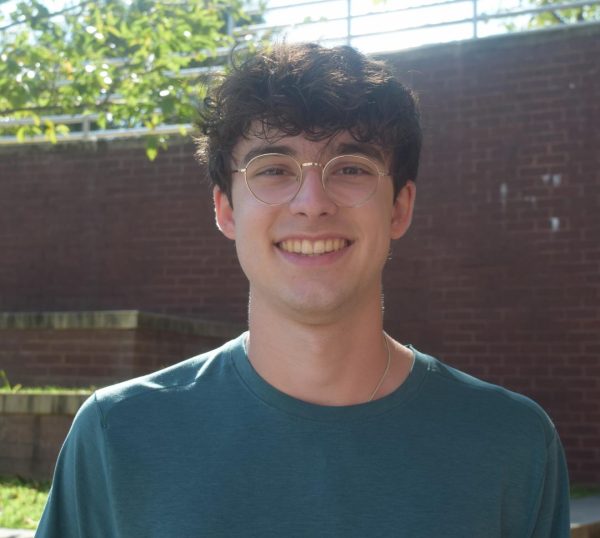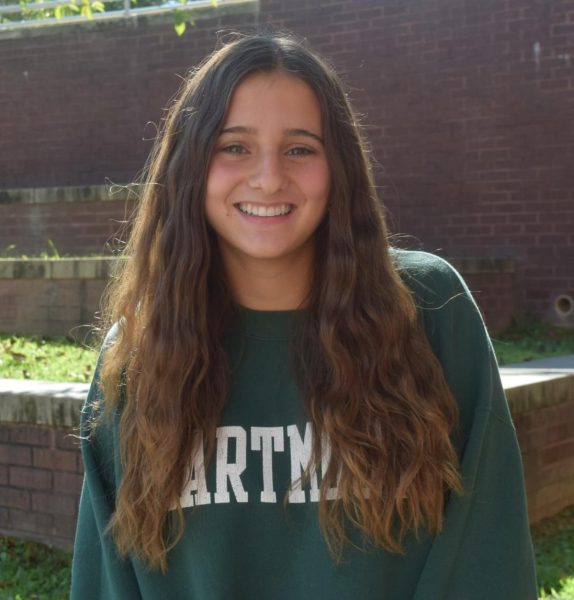Our school’s lunchroom can be an overwhelming scene. Masses of chairs scattered everywhere, food on the floor and lunch lines stretching out the door. However, often overlooked are the trash bins overflowing with food and plastic wrappers. You go to throw out your plastic wrapper but are faced with a bin piled so high that adding any more trash seems impossible. The only thing left to do is to throw it into the blue recycling container, which seems to double as another waste bin.
While it has become normalized, this attitude towards our school’s recycling has major repercussions. This concept is called “wish-cycling,” which is when people throw non-recyclables in recycling bins hoping that it will get recycled. A 2017 survey from Arlington Public Schools (APS) reported that 86 percent of people noticed landfill trash in classroom recycling bins. Some of these commonly misplaced items include chip bags, napkins, used plastic utensils,paper plates and cups.
“Students will just put Starbucks cups with half a drink left in the recycling bin,” Science teacher Eric Brown said.
This kind of contamination leaves the remaining recyclable items completely unrecyclable. This happens for a variety of reasons. When recycling agencies receive items contaminated with food, it lowers the value of the products. Recycling is a business, so when it costs too much to fix the contamination issue, oftentimes the agencies just throw out the entire load altogether.
Another kind of contamination stems from a common recycling mistake: plastic bags. The bags sometimes found in recycling bins cause major issues for recycling centers, as they damage the sorting machines by getting wrapped around the shafts and axles of the machine. This creates a waste of time and money for the agencies, further complicating the recycling process.
The other side of this issue is people not recycling at all. The Environmental Protection Agency (EPA) reported that of the 267.8 million tons of solid waste generated by Americans in 2017, only 69 million tons were recycled. This is apparent in our school, with recyclable items like plastic water bottles filling the waste bins. According to a report from the County Solid Waste Bureau (SWB), Arlington County as a whole has a recycling rate of 46.8 percent, while the rate for APS is estimated to be only 15 percent.
“The big issue that we’ve seen is people not using the bins correctly. They put trash in the recycling and recycling in the trash,” Principal Kevin Clark said.
The biggest problem at our school is the lack of education on recycling. APS does not portray the importance of separating trash from recycling to students enough, which has decreased overall recycling at our school.
“APS is not doing enough. They tried, but it seems like now they are giving up. I don’t blame them that much; there are a lot of dos and don’ts. Things that we used to recycle, now they are telling us you can’t recycle this, you can’t do this. This is my personal opinion: They are fed up,” Maintenance Supervisor Ebenezer Oware said.
The lackluster efforts to promote recycling are understandable. Students at our school are quick to ignore anything our school attempts to enforce. The lack of recycling by students has led to the custodians taking extreme measures to recycle.
“Sometimes we take it upon ourselves to separate [recyclable items],” Oware said.
Our school can take it upon themselves to be conscious of their recycling habits. People need to understand the impact that recycling can have on our community. Small habits can create big change.






































